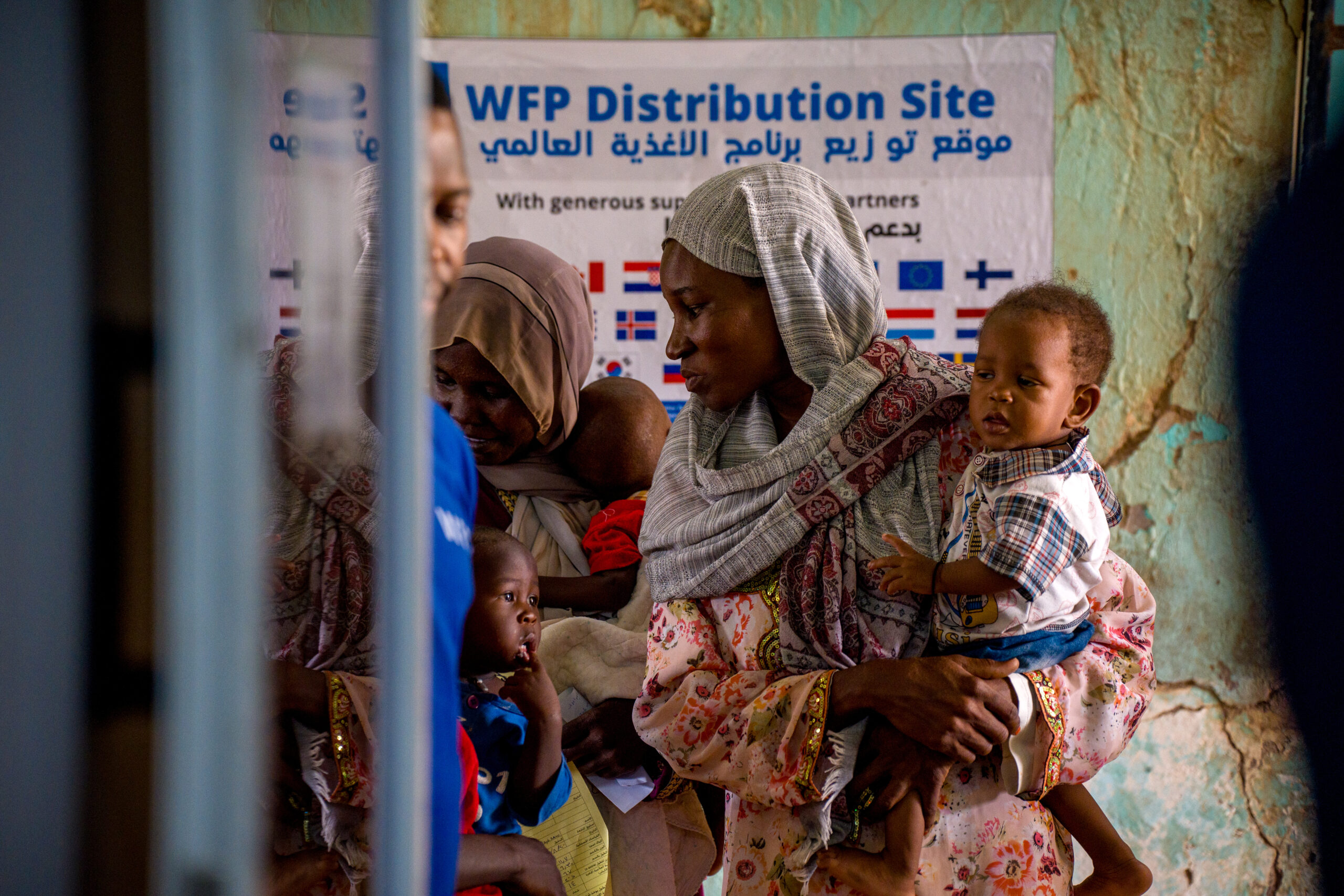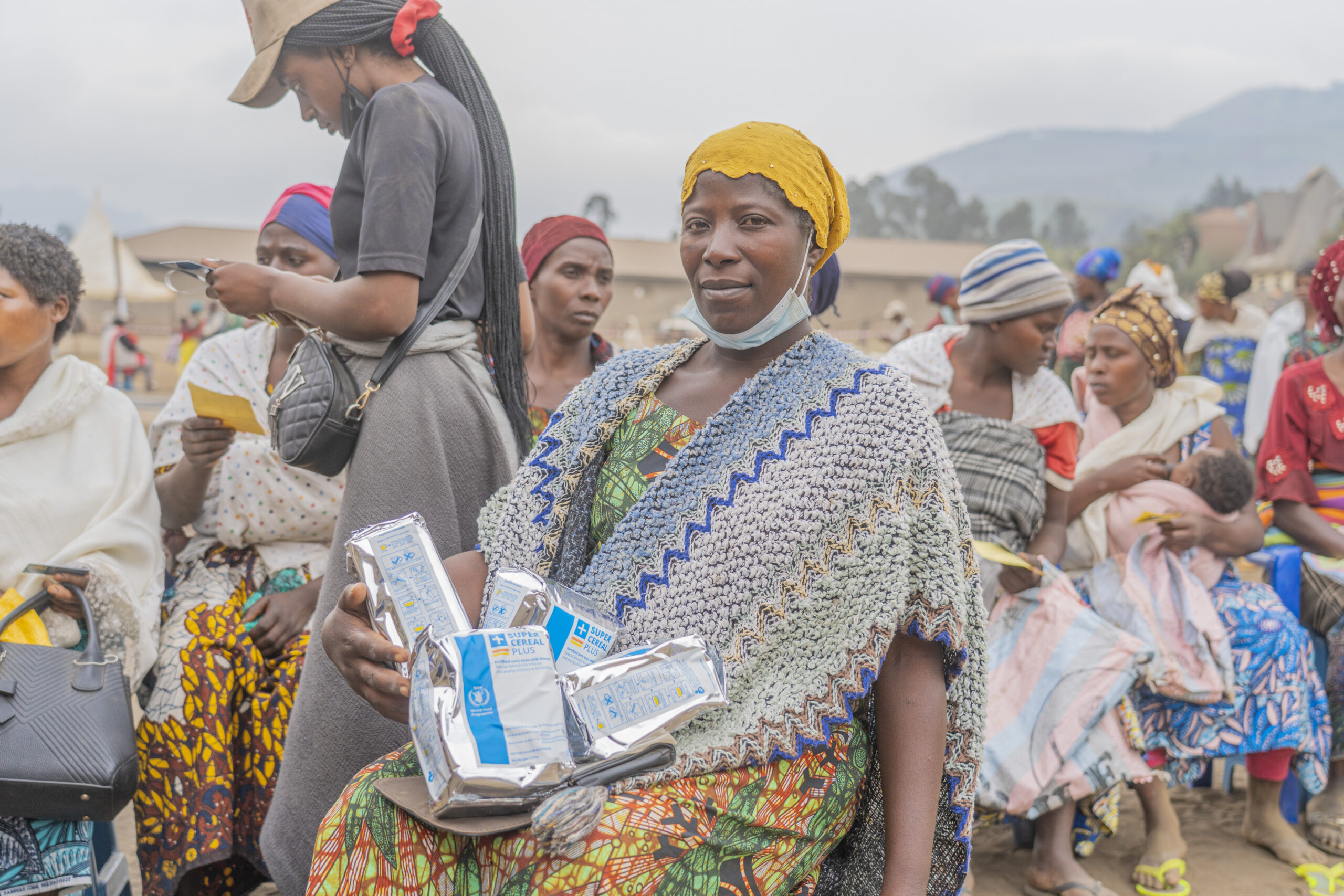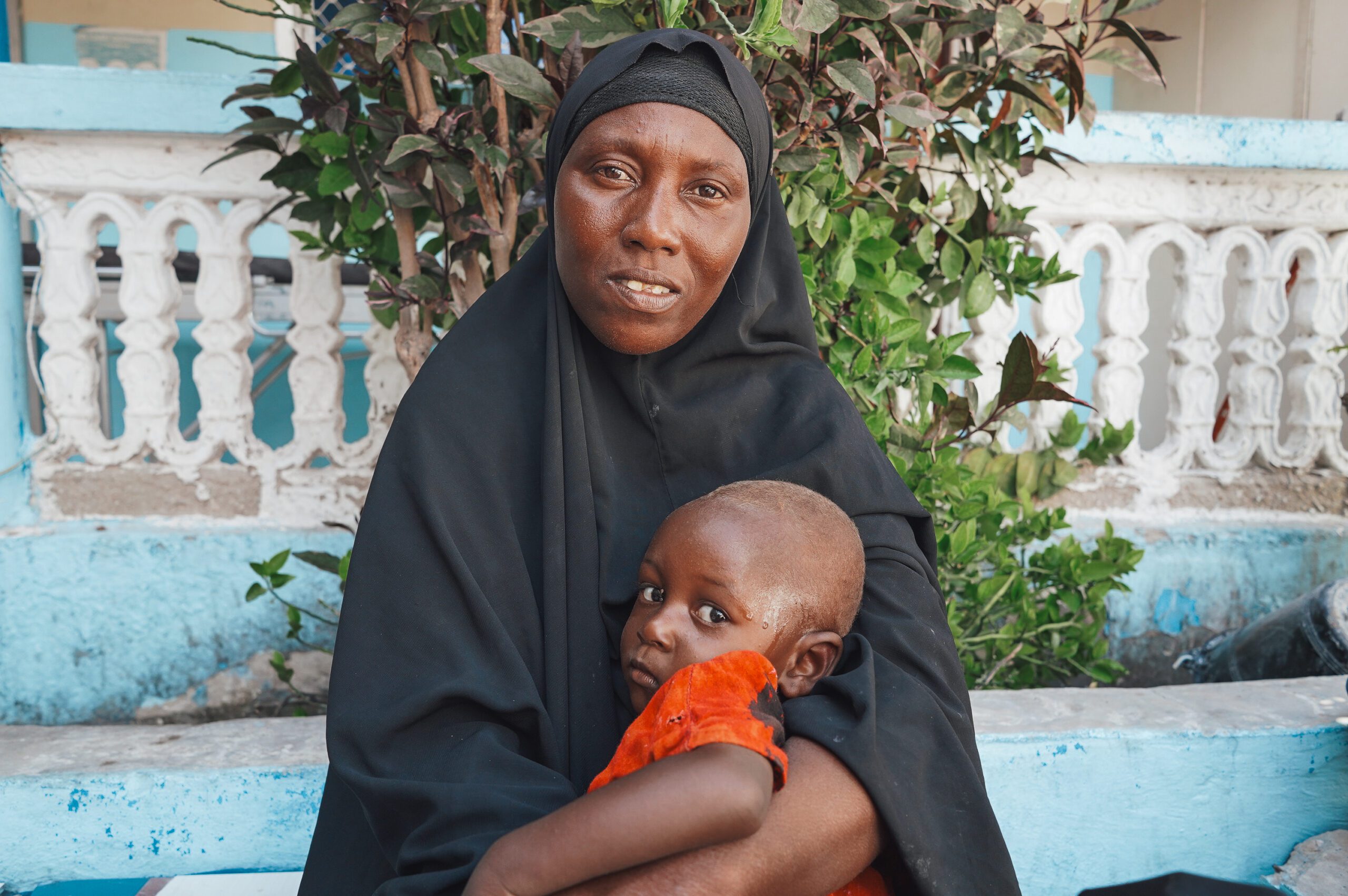South Sudan
Recent Conflict & Growing Hunger
Already absorbing refugees from conflict in neighboring Sudan, South Sudan is experiencing new conflict in the Upper Nile, driving thousands into hunger.
Make a difference in South Sudan
Record Levels of Hunger
A hunger emergency is looming on the border between South Sudan and Sudan. More than 830,000 people have fled the conflict in Sudan to find safety in South Sudan. These families arrive in a country already grappling with years of flooding, drought, increasing violence and surging food and fuel prices.
1M
people affected by floods
7.1M
people are facing extreme hunger
1.6M
children are malnourished
South Sudan Facts
New York
Show Places

New York
×
Geocoding Error Occured.
Tried to Geocode:
Error Type:
Please be sure to follow the tutorial on how to setup the Google APIs required for the Advanced Google Map Widget.
Google Map API Key Tutorial
Population: 21.2 million
Background: South Sudan seceded from Sudan in 2011 following decades of civil war. Since then, it’s continued to struggle with internal conflict that has caused widespread hunger and displacement.
Geography & Climate: South Sudan is located in East-Central Africa, bordered by Sudan, Ethiopia, Kenya, Uganda, the Democratic Republic of the Congo and the Central African Republic. The land is mostly vast savannas and swamps. It has a tropical climate with wet and dry seasons, prone to floods and droughts.
Economy: South Sudan’s economy is fragile with high inflation and cost of goods. Over 76% of its population lives below the poverty line, with most relying on small farming and humanitarian aid.
Causes of Hunger
Conflict
The violent conflict in Sudan is fueling a massive displacement crisis, including an influx of more than 830,000 refugees and returnees into South Sudan. WFP has supported more than 620,000 of them with fortified biscuits, food, cash and nutrition support.
Learn More Climate Extremes
Since early 2021, South Sudan has experienced severe flooding. Large swathes of land are permanently submerged. In other parts of the country, drought, irregular rainfall and prolonged dry spells are driving hunger. These climate shocks have made it impossible for many farmers to grow enough food.
Learn More Rising Prices
The conflict in Sudan has also contributed to hyperinflation and rapid currency depreciation in South Sudan. On average, the price of a basket of basic food items in South Sudan has increased by almost 370% since the onset of the war in Sudan.
Learn More 
History of Hunger in South Sudan
July 9, 2011
After a referendum vote, South Sudan seceded from Sudan to become the newest country.
2019-2024
Weather extremes have caused 6 consecutive years of flooding, causing mass displacement, destruction and hunger, with no time to recover.
2024-Present
Conflict in the Upper Nile region has destabilized the area and caused more hunger, threatening to plunge South Sudan back into famine.
WFP’s Crisis Response in South Sudan
The U.N. World Food Programme has been providing lifesaving support to millions of people in virtually all areas of the country that are accessible since independence in 2011 (and as part of Sudan since 1963).

Food & Cash
Food assistance is essential to avoid a humanitarian catastrophe in South Sudan. In 2023, WFP reached 3.6 million crisis-affected people,
including returnees and refugees, with food and cash-based transfers.

Nutrition
The right nutrition at the right time can save lives. Last year, WFP provided 1.5 million children under 5 and pregnant and breastfeeding women with specialized nutritious foods to treat and prevent acute malnutrition.

Climate Projects
WFP helps communities prepare for, cope with and recover from extreme weather events. Through resilience-building projects, WFP helps people build flood control dams and plant drought-tolerant crops.

Airdrops
Airdrops are a last resort for families trapped in dangerous, inaccessible areas. These places are cut off by conditions that make roads impassable. Airdrops allow WFP to reach these areas with emergency food.
Latest News From South Sudan
- News Release
- November 7, 2025
- News Release
- October 29, 2025
- News Release
- October 15, 2025



